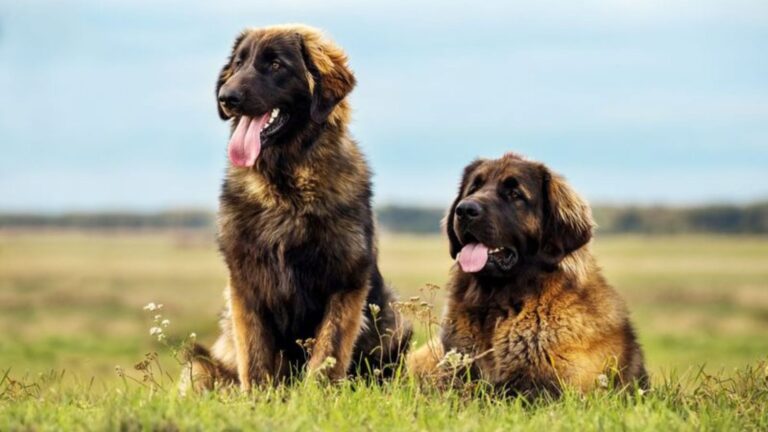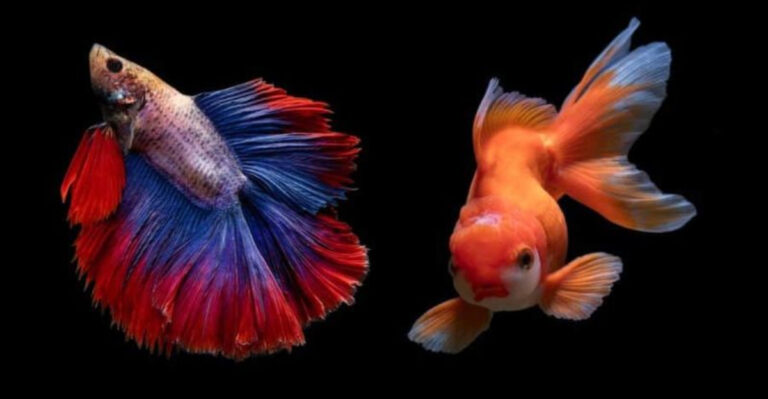14 Simple Ways To Help Your Reactive Dog Stay Calm
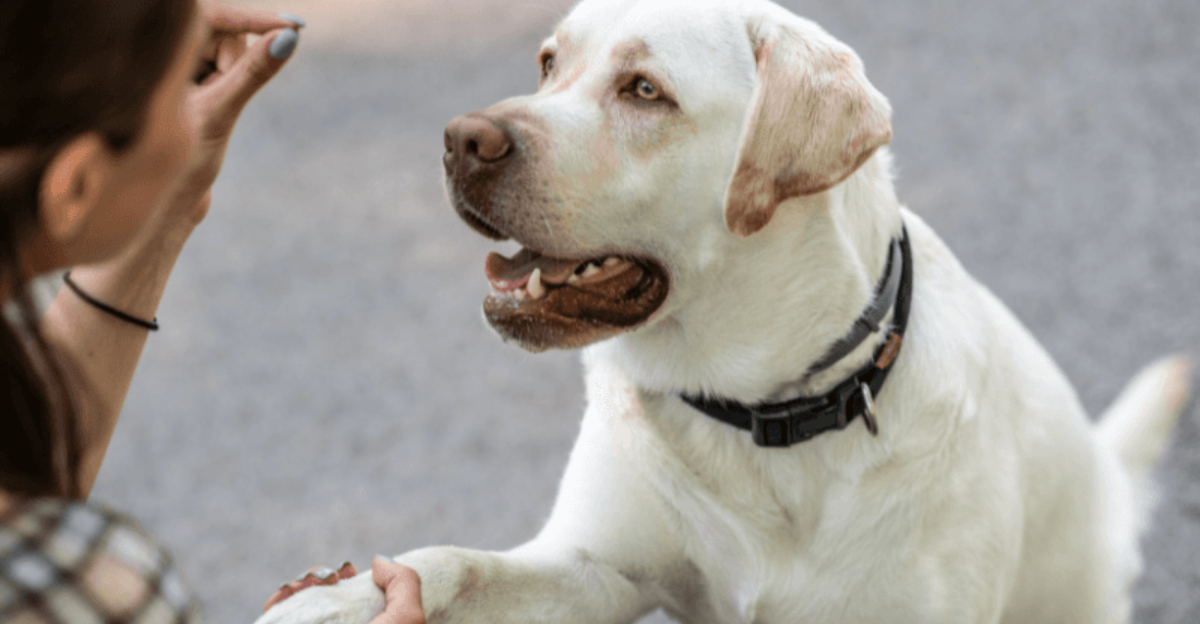
Living with a reactive dog can be challenging for both you and your furry friend. When dogs react strongly to certain triggers like other dogs, strangers, or loud noises, it creates stress for everyone involved.
Thankfully, there are simple strategies you can use to help your reactive dog feel more secure and respond more calmly to the world around them.
1. Create A Safe, Quiet Space
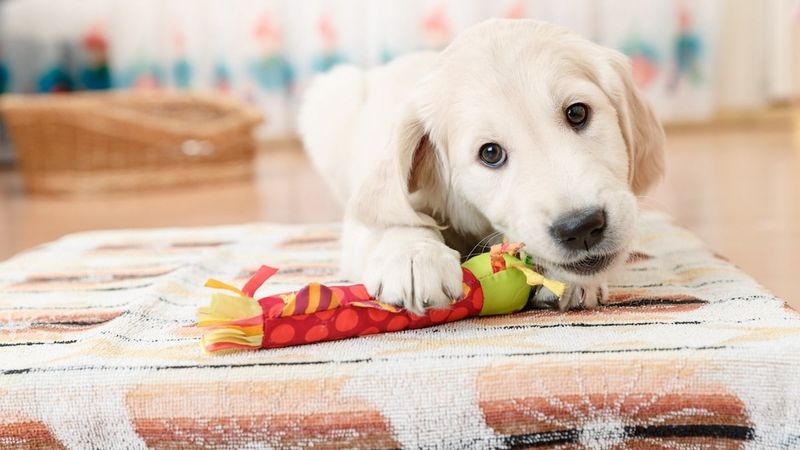
Every reactive dog needs their own sanctuary away from stressful triggers. Designate a corner or room with their bed, favorite toys, and perhaps a crate covered with a blanket.
This retreat gives them control over their environment when feeling overwhelmed. Make this space positive by offering treats there and never using it for punishment.
2. Use Positive Reinforcement Techniques
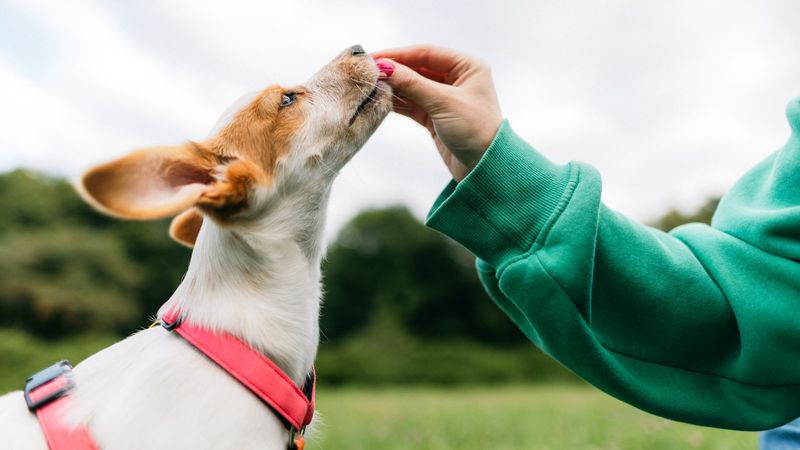
Rewarding calm behavior works wonders for reactive dogs. When your pup remains relaxed near a trigger, immediately offer praise and treats to reinforce that response. Start with triggers at a distance where your dog notices but doesn’t react.
Gradually decrease this distance as they improve. Remember that timing is crucial—reward during moments of calm, not after reactions.
3. Exercise Your Dog Regularly
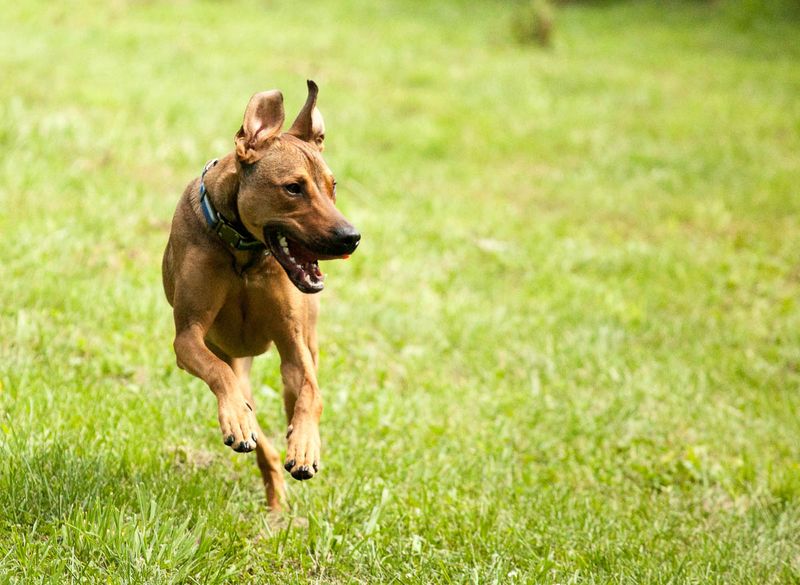
A tired dog has less energy for reactions. Daily physical activity helps burn excess energy that might otherwise fuel reactive behaviors. Consider activities like fetch, swimming, or hiking in quiet areas where encounters with triggers are minimal.
Morning exercise can set your dog up for a calmer day ahead by releasing tension before potential stressful situations arise.
4. Teach Basic Commands For Control
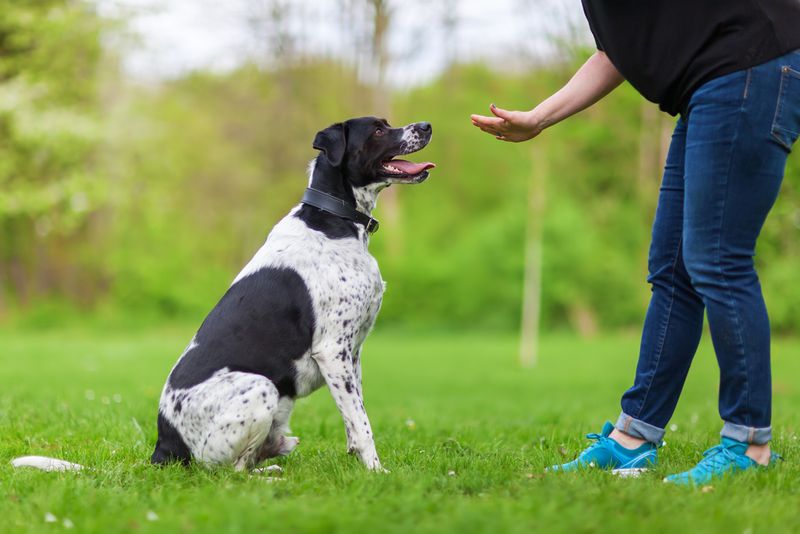
Simple commands create structure during chaotic moments. Teaching your dog to respond to cues like “watch me” can redirect their attention away from triggers and back to you.
Practice these commands daily in calm environments first. Gradually introduce mild distractions as your dog improves. These skills become valuable tools when you need to navigate triggering situations safely.
5. Desensitize To Triggers Gradually
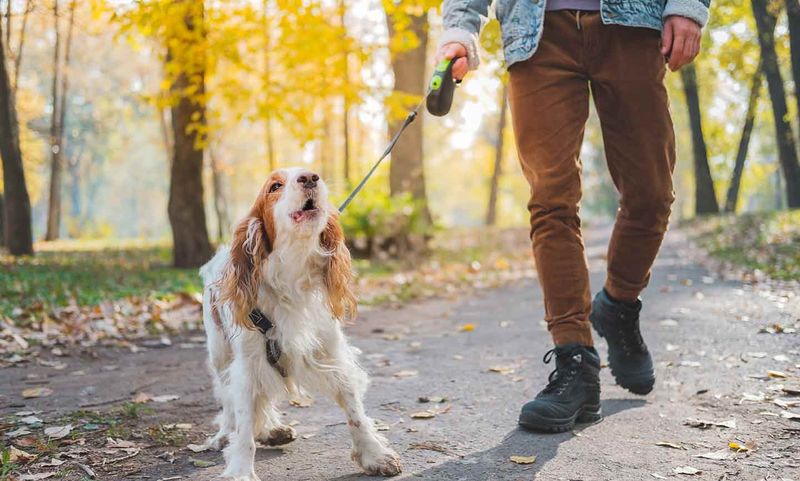
Systematic desensitization helps your dog form new, positive associations with triggers. Start by exposing them to a trigger at a distance where they notice it but remain calm.
Reward this calm behavior generously. Gradually decrease the distance as your dog becomes comfortable. This process takes weeks or months, not days, so patience is essential for success.
6. Provide Mental Stimulation
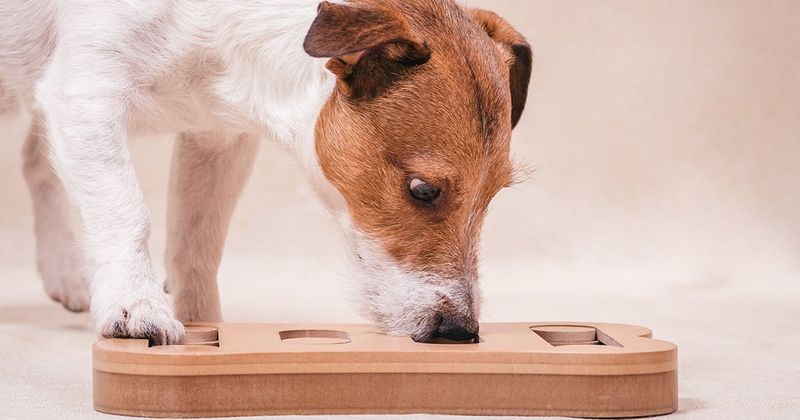
Mental exercise can be as tiring as physical activity for dogs. Puzzle toys, snuffle mats, and training games engage their minds and prevent boredom-related stress. Try hiding treats around your home or teaching new tricks regularly.
These activities build confidence while redirecting energy that might otherwise fuel reactive behaviors. Just 15 minutes of mental enrichment can help calm an anxious dog.
7. Use Calming Products
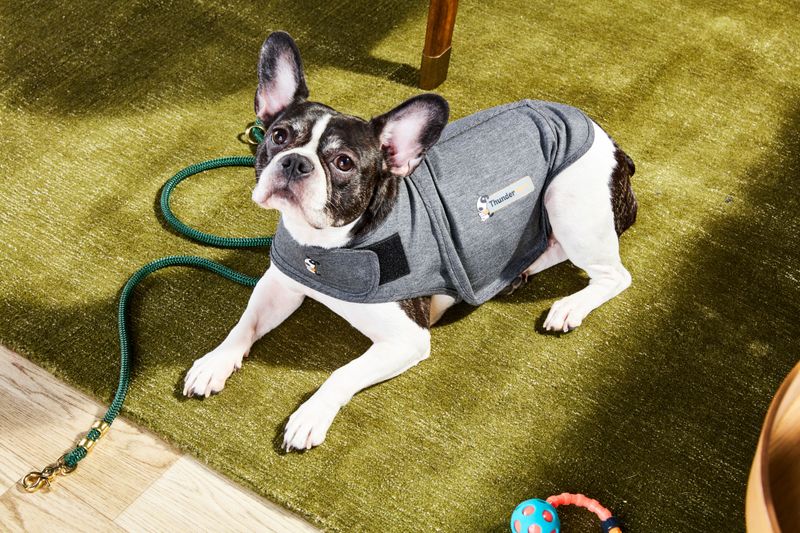
Certain products can help reduce your dog’s anxiety levels naturally. Pheromone diffusers mimic calming dog scents, while pressure wraps provide gentle, constant pressure that soothes nervous systems. Calming music designed specifically for dogs can mask triggering sounds.
Some dogs also respond well to supplements containing L-theanine or CBD (with veterinary approval). These tools work best as part of a comprehensive approach.
8. Establish A Routine

Predictability brings comfort to reactive dogs who often feel anxious about the unknown. Feed, walk, and play with your dog at consistent times each day to create security through pattern recognition.
Even small routines matter—like a specific greeting when you return home or a bedtime ritual. When dogs know what to expect, they spend less energy worrying and have more capacity to handle unexpected stressors.
9. Use Leash Training For Better Control

The right leash setup makes all the difference for reactive dogs. Front-clip harnesses or head halters provide better directional control without punishment when your dog spots a trigger. Practice loose-leash walking in quiet areas first.
Teach your dog to check in with you frequently during walks by rewarding eye contact. Consider using a longer training leash in safe areas to allow more freedom while maintaining control.
10. Stay Calm Yourself

Dogs are emotional sponges, absorbing our feelings through subtle cues we don’t realize we’re giving. When you tense up spotting a trigger, your dog notices and becomes more alert to potential danger.
Practice deep breathing when approaching known trigger areas. Keep your voice steady and movements fluid. Some handlers find that humming quietly helps maintain their own calm, which transfers to their dog.
11. Provide Adequate Socialization
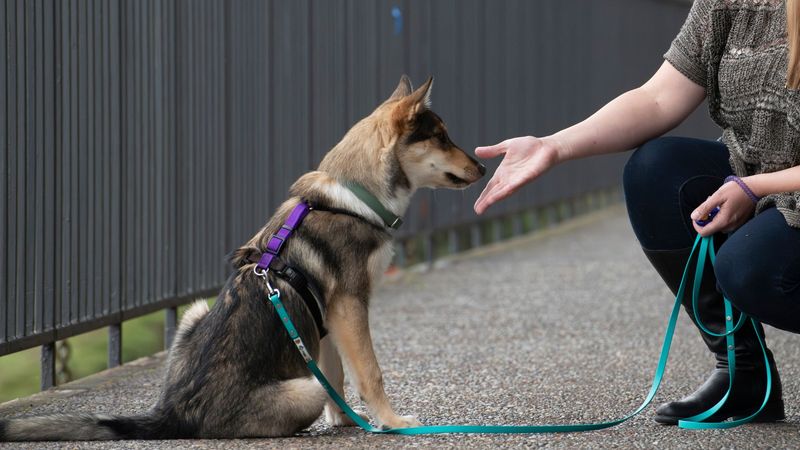
Quality interactions matter more than quantity for reactive dogs. Arrange controlled meetups with known, calm dogs who won’t overwhelm your pup. Watch for subtle stress signals like lip licking or looking away during interactions.
End socialization sessions while everyone is still enjoying themselves, before stress builds. These positive experiences gradually teach your dog that social situations can be pleasant.
12. Consider Professional Training
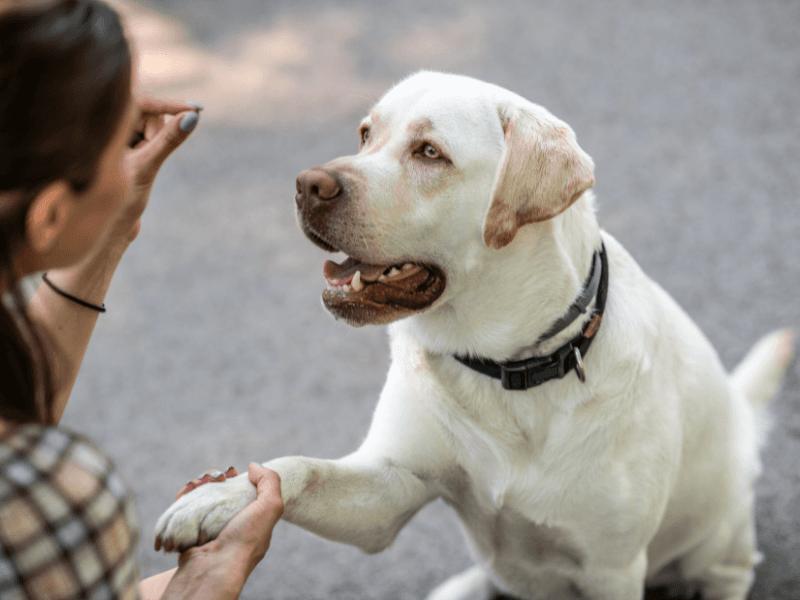
Some reactive behaviors require expert guidance to address effectively. Look for trainers certified in positive methods who specialize in reactivity and fear-based behaviors. A good trainer will assess your specific situation and create a customized plan.
They’ll also teach you to read your dog’s subtle communication signals before full reactions occur. This investment pays dividends through years of improved quality of life.
13. Avoid Punishment-Based Training
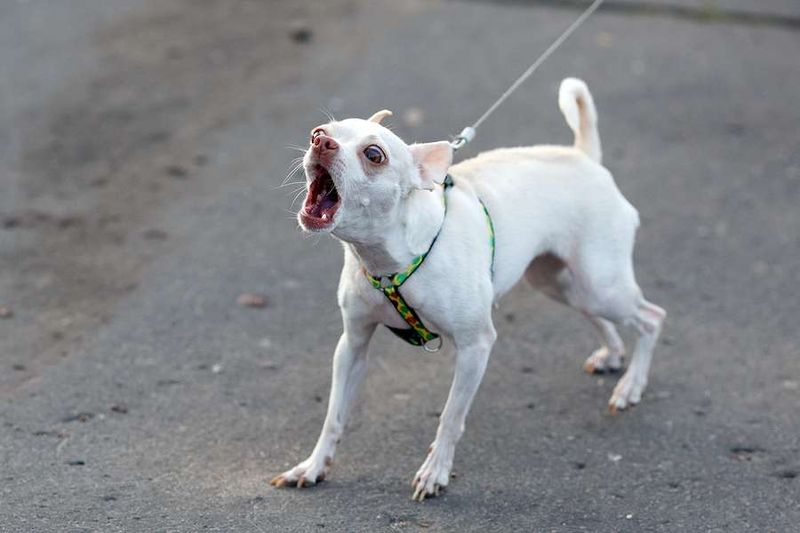
Harsh corrections often backfire with reactive dogs by confirming their fears about triggers. When a dog barks at another dog and receives punishment, they associate that negative experience with the trigger’s presence.
Focus instead on rewarding alternative behaviors you want to see. If your dog looks at a trigger calmly, celebrate that choice! This approach builds trust while teaching your dog that good things happen around former triggers.
14. Be Patient And Consistent
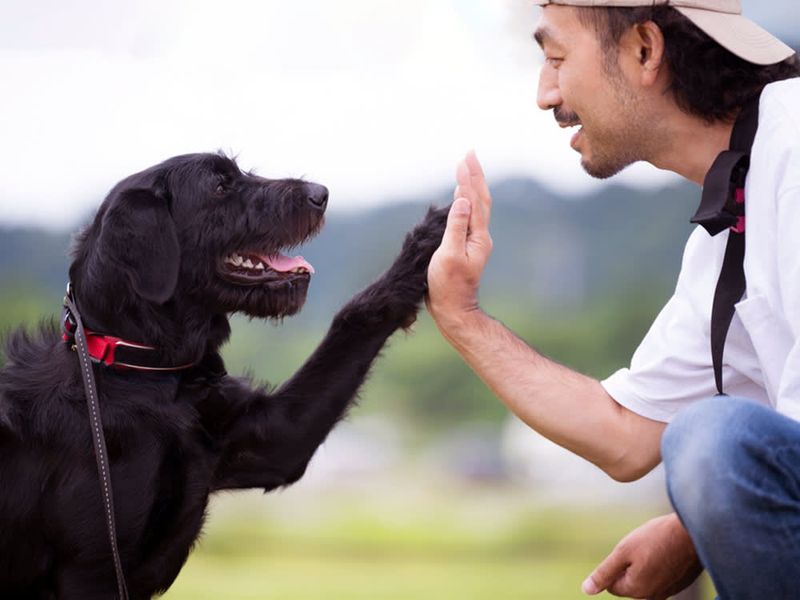
Reactivity doesn’t develop overnight, and it won’t resolve quickly either. Celebrate small victories like a shorter reaction or quicker recovery after seeing a trigger. Track progress in a journal to notice patterns and improvements you might otherwise miss.
Some days will feel like setbacks—this is normal in the healing process. Your consistent approach over months creates the foundation for lasting change in your dog’s emotional responses.



